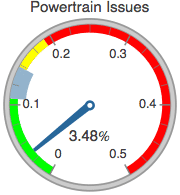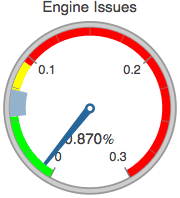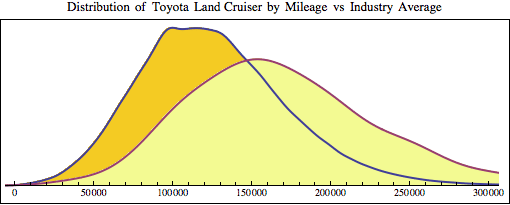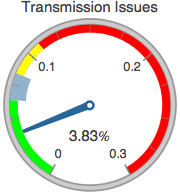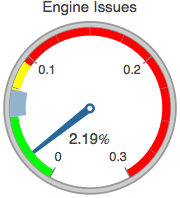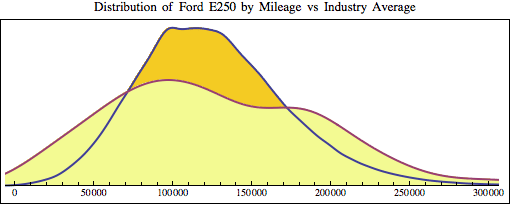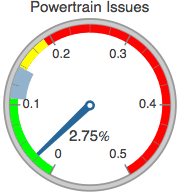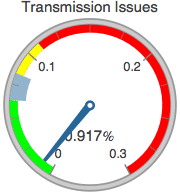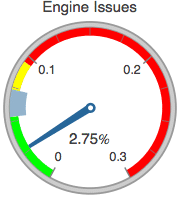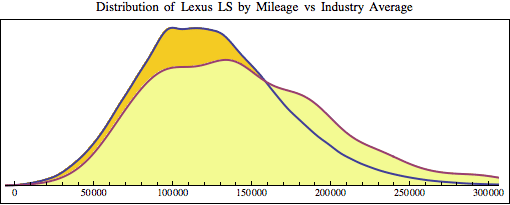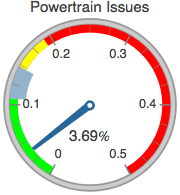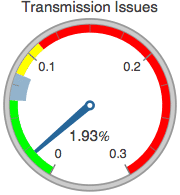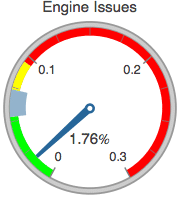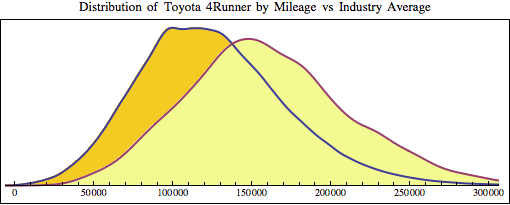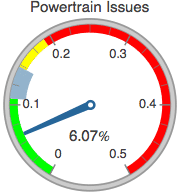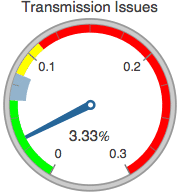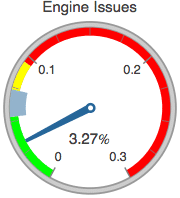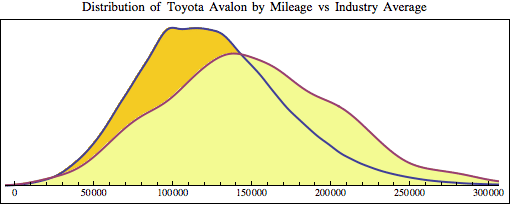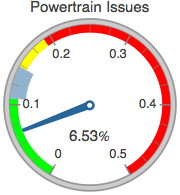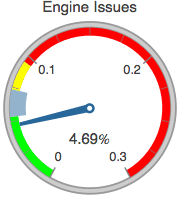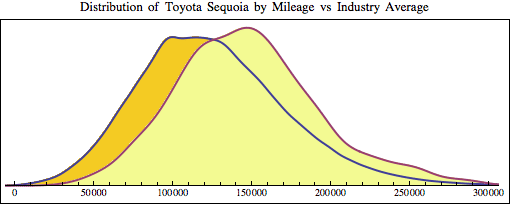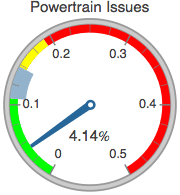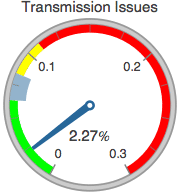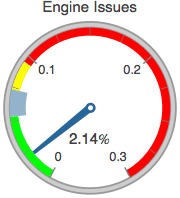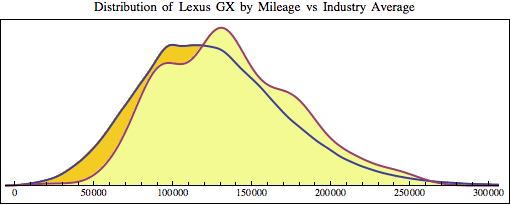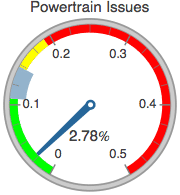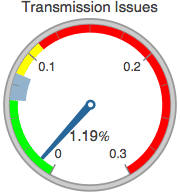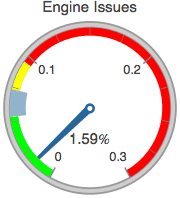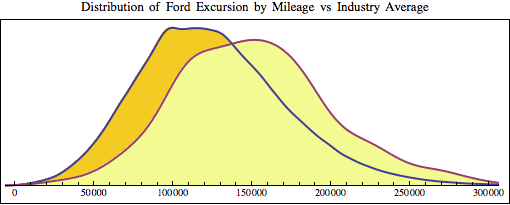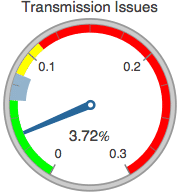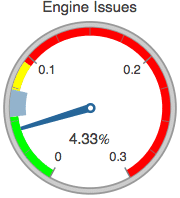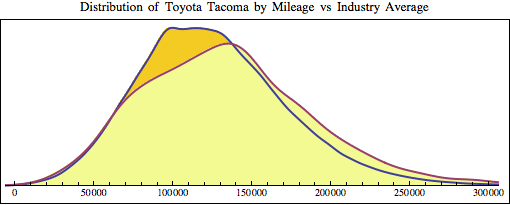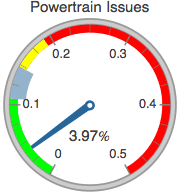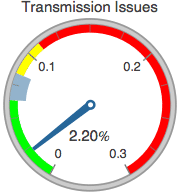![mustangsplus]()
I admit it. Every once in a while I buy a vehicle that simply doesn’t work out.
Everything checks out at the auction. But then, I get a birthday surprise.
It could be a transmission that randomly goes out of overdrive after about 20 or 30 miles. Or an engine that has far too many aged wires for me to easily track down a stubborn check engine light.
Sometimes I buy a 4000-pound ATM machine that only allows you to put money into it; a rolling lemon, par excellence. Then I have to figure out how to make it into lemonade, lemon meringue pie, lemon tart, and even repair fodder for the other rides on the road that are still lemon-free.
Lemons are never fun… but every once in a while fate has a wonderful way of smiling on a pitiful set of circumstances. ![]()
![]()
Two months ago I bought three vehicles at a sale. One good. Two bad, in their own unique ways.
The good one was a ‘99 Toyota Camry Solara SE in red with leather, sunroof, V6, all the options and garage kept. I managed to steal it for $2400 plus a $200 auction fee. By the time I transported it, replaced tires and did some small recon work, I was still south of three grand on a unit that can be easily financed for around $7k.
It would take two years, and plenty of risk for me to realize the potential return (or loss). And when you finance a car to a stranger, there are always serious risks to consider.
Will that customer be honest? Will that car be cheap to keep? Or will I wind up with a ride that has been all ragged out three states away and worth more in parts than as a whole?
Even the grandest of Olds can wind up with a human hurricane of a customer. This glorified two-door Camry still looked promising enough to buy, though. A popular well-made car that attracts an older affluent demographic tends to work out risk wise, so long as you do your homework when it comes to your customer.
That Solara turned out to be the beauty that was bought between two horrific beasts.
![]()
I also bought an Explorer, right after the Solara, which seemed to possess the same qualities of good eye appeal and a responsible prior owner.
It had a rip-free leather interior which is unusual for a 16 year old SUV. The sunroof was fast and didn’t leak, excellent tires, and it had a lot of little things that all seemed to add up.
Over the years, I have found that an owner who spends good money on his rubber tends to be one who likely spent whatever was needed to keep the rest of the vehicle in good running order. This isn’t always true, but the tendency is there and those vehicles wind up on my list for further inspection at the auction.
A car with a service contract issued for it is a big plus. One that comes from a buy-here pay-here lot, especially one that is out of business, tends to be a no-no nadir. Michelin and Bridgestone are good, real good. Tiger Paw, generic Chinese knock-offs, and non-matching tires with unhealthy wear patterns are indicative of abuse and expensive suspension issues.
A lot of little things, dozens of them that become apparent once you inspect the vehicle, tend to add up to a complete overall picture of a car’s condition. With this Explorer, I particularly noticed the parts used under the hood such as several replacement parts from the dealership. The top of the line battery, and hoses and belts that were apparently replaced once those expensive parts needed attention.
I also looked at the personal items and repair histories that were stored in the glovebox. They all give you the little ingredients you need to figure out if the owner and the car were right for each other.
This Explorer had the right stuff: Thousands of dollars spent maintaining it at the dealership; common sense upgrades to the stock radio system; no paint fade after 16 years of Atlanta commuting; only 111k original miles. I bought it for $1650 – about a $300 to $400 premium over the usual wholesale price.
![]()
Then everything pretty much went all to hell. Not as bad as a Clinton Era Explorer mated to under-inflated Firestones, but pretty damn close.
It wasn’t the Explorer’s fault. When I bought the vehicle, the lane clerk on the auction block apparently put it under the wrong buyer’s number. The auction was also short-staffed which meant that after a lengthy discussion with a new employee who didn’t know the auction business, and 20 minutes of loathsome waiting, I said to myself, “The hell with this!”, paid for the other two vehicles, and left.
A week later one of the office managers comes up to me and says, “Hey Steve! When are you going to pay for that Explorer?”
My response, “According to the lady that took care of my check-out, it wasn’t mine.”
With a mild smirk she said, “Let me guess. Late 40′s. Blonde hair. Nice smile. How about if we knock off the buy fee?”
The buy fee was about $200 on the Explorer. I figured that alone would be enough to take care of it all. Sure, why the hell not?
The only strange thing is… once I paid for the Explorer… I couldn’t find it… anywhere…
I looked at the sold lot, the lane where new car trades were lined up for that morning’s sale, and even the temporary junkyard where the true horror stories that don’t run wait to be bought by the local auto recyclers.
I checked every nook and cranny of an auction that I have known for 14 years as a member of the auctioneering staff, remarketing manager, and now, car dealer.
The Explorer was nowhere to be found. Well, I’ll just let the assistant manager know about it and have him/her get the lot manager to chase it down. It’s got to be here somewhere.
The Explorer was gone. Like a well-oiled politician who has finally been given enough taxpayer largesse to retire in sunny Bermuda, all that was left behind of this SUV was old paperwork and the stale promise of finding my property someway, somehow.
![]()
And get this: that Explorer wasn’t the only vehicle that wound up missing.
A 1997 Honda CR-V was gone as well, and this one turned out to be a real stress case.
I had bought the vehicle a couple months back as ‘title attached’, which meant that I would have to wait for the auction to get the title. In the meantime, the auction would hold my check.
A seller has 30 days from the time of sale to submit a good title to the auction that is free of errors and issues. A ‘clean’ title. During that time, the auction holds the buyer’s check and you, the buyer, pretty much have a car without having to pay for it until everything is right with that title.
That’s the good news.
The bad news is that most dealers will wind up putting money into that vehicle in the form of repairs and detail work. Sometimes they will never get the title from the seller.
At such times you are left with only two options:
1) Apply for a bonded title. This cost anywhere from hundreds to thousands of dollars. And good luck if there’s a lienholder or two that haven’t been paid off on the vehicle’s balance.
2) Eat the labor cost of each repair. Eat the transport cost of picking it up and dropping it off, and return the vehicle back to the auction.
I have learned through the hard knocks of this business that the second scenario is hellish. A few years ago I had bought a new catalytic converter for an Audi A4 and did about $500 worth of repair work to it.
![]()
This Honda started off harmlessly enough. I got the title from the auction within the required 30 day period… except the back of the title where the dealer writes out who buys the vehicle was completely wrong.
The seller never signed off on the title and the mileage disclosures went from 157,000 miles to 187,000 miles. Even though the CR-V had only about 160k.
I called the auction and was told that they wouldn’t deposit my check for the CR-V until the title got cleaned up.
I sent them back the title and two days later, a check for $2090 went through my bank account. Then I never heard back about the title. So I ended up returning the CR-V to the auction along with the Explorer and a couple of other ‘mistake’ cars I bought a couple months back.
I had gone out to where my vehicles were lined up for the auction. Two parking spaces were empty and those two were meant for the Explorer and the CR-V.
I jogged about a quarter mile to the office. It turned out that the CR-V was never checked into the auction according to their records. It never showed up. Two phantom vehicles with nearly $4000 invested. Gone.
I went behind the counter with the office manager… looked at the paperwork for the CR-V… something looked fishy…
“Hey. It says here that the last entry to the CR-V was on November 13th. My hauler dropped it off on the 8th according to my records, and how could Cobb County Hyundai pick up this vehicle if it had never been checked into the sale?”
It turned out that the vehicle had the same old bar code on the window from two months back. When the car was brought back to the sale, the car was never given a new one. Hence, no record of check-in. Cobb County Hyundai had picked up the vehicle because it went over the 30 days needed to provide me a clean title.
That solved one mystery. But what about the other…that pesky Explorer?
I found that one behind the repair shop. I drove it back to my other vehicles, and realized that the odometer wasn’t ticking over. So I drove it around more, and more, and more, until I was sure that the car indeed had a broken odometer.
My saving grace at this point is that everyone I deal with at this specific sale is nice and experienced. I can’t tell you how valuable these two qualities are when constantly buying and selling automobiles. So we ended up undoing the Explorer deal and I agreed to put the vehicle under my own name when it went through the block so that it can sell for a decent price.
The Explorer sells. But with the new announcement “True Miles Unknown”, it sells for only $800. I go inside and get my old check for $1650 on the Explorer, and a new check for $2090 on the CR-V. I then thank the Lord for helping me stay solvent in a time of high weirdness, and spend the remainder of my day organizing the 53 other vehicles that are either a repair or a customer away from being sold.
A lot of you have experienced the same scary scenarios of losing everything when it comes to your cars.
Maybe your car could have been lost, stolen, driven through a flood caused by substandard sewer work, or even struck with the white lightning of catastrophe. Feel free to share your story. Since I am most thankfully finished with mine.






























































